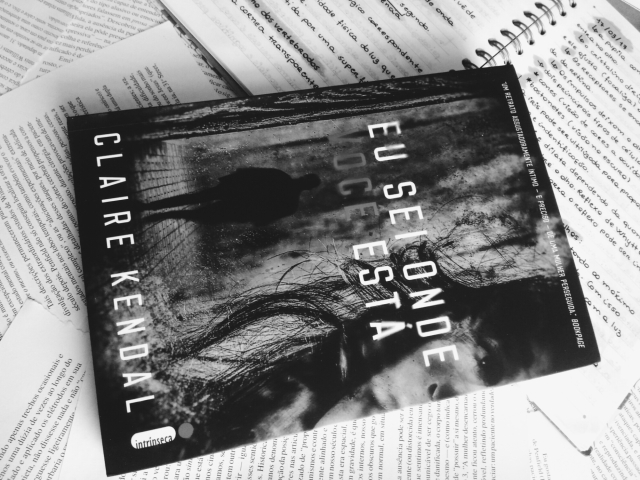This is part of the Rambling Series about Sexism in Jin Yong Stories.
Some people might claim that Jin Yong wrote put sexism/misogyny into his stories because he was a product of his time (the 1950s – 1970s) and his society (China / Hong Kong).
On some level, this is true: China / Hong Kong is a patriarchal society, and if it were not, then there probably would have been a lot less sexism/misogyny in his stories.
However, I don’t think ‘Jin Yong is a product of his time and place’ is a sufficient explanation. Why not? One of the shortest answers is: Liang Yusheng.
Liang Yusheng was another popular wuxia writer from Hong Kong in the middle of the 20th century (in fact, he’s the one who encouraged Jin Yong to start writing wuxia in the first place). A lot of Liang Yusheng stories have a female character as the lead protagonist (whereas Jin Yong only wrote one novella with a female lead protagonist). Furthermore, many of the problems I’ve been describing with how Jin Yong treats his female characters don’t apply to Liang Yusheng’s stories, or don’t apply nearly as often.

Bridgette Lin as Lian Nichang in The Bride with White Hair
Liang Yusheng’s most famous story is The White-Haired Demoness, also known in English as Romance of the White-Haired Maiden and The Bride with White Hair. While much of the novel is mediocre, the lead character, Lian Nichang, is one of the most memorable characters is all of wuxia, and I think that’s the reason why they still make new adaptations of the novel to this day (I haven’t seen any of them, but the one I’d be most interested in giving a try is the one starring Ada Choi). She was raised by wolves, so she doesn’t understand why people do such silly things, such as claim that men and women can’t be friends without being lovers (she becomes friends with men, because why the heck not?) She is so iconic that it’s difficult to have a broad discussion of female characters in the the wuxia genre without mentioning her. Much of the story is about Lian Nichang’s romance with a male character – but unlike Jin Yong’s novels, she’s not there to stimulate his character development; he’s there to stimulate her character development. It’s not a problem that female character fall in love and have romances; it’s a problem that most wuxia stories use romance to subsume the female character into the male character’s story.
Now, there is nothing intrinsically wrong with have a lead male character. What I DO want is to have a roughly equal mix of stories with a lead male character and a lead female character – and that’s not how it is in wuxia (with the exception of Liang Yusheng’s stories).
This becomes even more starkly obvious when we talk specifically about trans female characters. In the stories of both Jin Yong and Gu Long (Gu Long is the third of the really famous mid-20th century wuxia writers, alongside Jin Yong and Liang Yusheng), all trans women are villains. Furthermore, their trans status is used as evidence of their evil. If you ever need an example of how NOT to write trans women into fiction, I suggest both The Smiling Proud Wanderer (笑傲江湖) by Jin Yong and Two Peerless Heroes (絕代雙驕) by Gu Long. By contrast, in Seven Swords (七劍下天山) by Liang Yusheng, there is a trans woman who is not an antagonist. Sure, she’s just a minor character, but at least she’s not associated with evil.
Liang Yusheng was not as talented as Jin Yong, which is why his works are not as widely read today, or adapted into other media as frequently (except The White-Haired Demoness, which is adapted more often than Jin Yong’s less popular stories). This unfortunate, because it would be awesome to combine Liang Yusheng’s treatment of female characters with Jin Yong’s talent. However, to the extent that Liang Yusheng is still appreciated today, a lot of is because he handled female characters well. As one wuxia fan on the internet put it “read Liang Yusheng for the good female characters.”
Liang Yusheng came from the same social and cultural milieu as Jin Yong, and was writing wuxia during the same time period. This shows that Jin Yong could have chosen to be less sexist and non-misogynist, and have female lead protagonists. Instead, he chose to be more sexist and misogynist, and only put a lead female protagonist in a single novella. Thus, Jin Yong’s time and place is an insufficient explanation of why there is sexism and misogyny in his stories.
Advertisements Share this:




